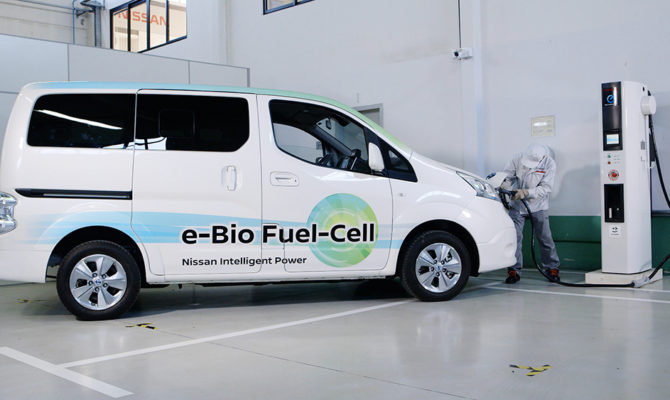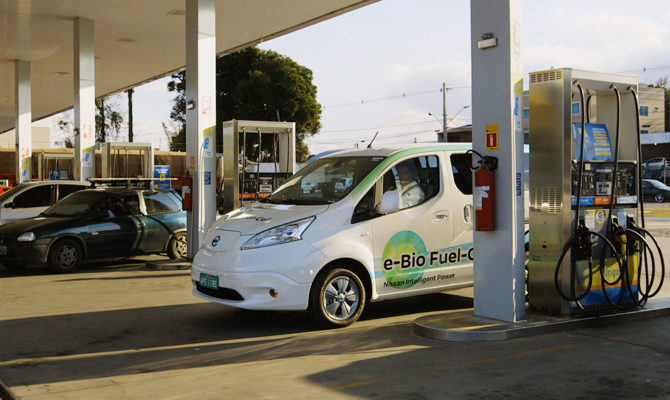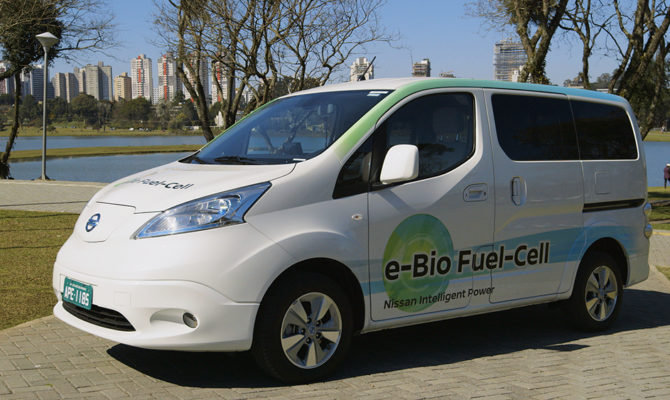New York, NY – Nissan is offering a special early preview of the 2018 370Z Coupe Heritage Edition at the opening this weekend at the New York International Auto Show.
The Heritage Edition honours the iconic Nissan sports car as it approaches its 50th anniversary at the end of the decade since its launch under the Datsun brand.
The special edition also incorporates enhancements, including new headlight and rear combination light treatment, new rear fascia paint scheme, smoke chrome door handles and new EXEDY® high-performance clutch (manual transmission). The 2018 370Z Coupe goes on sale later this spring.
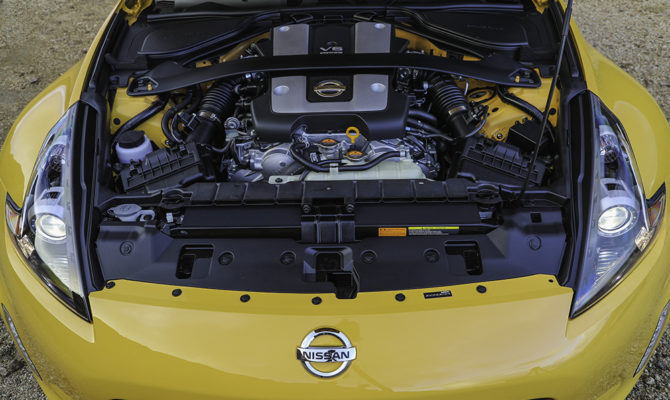
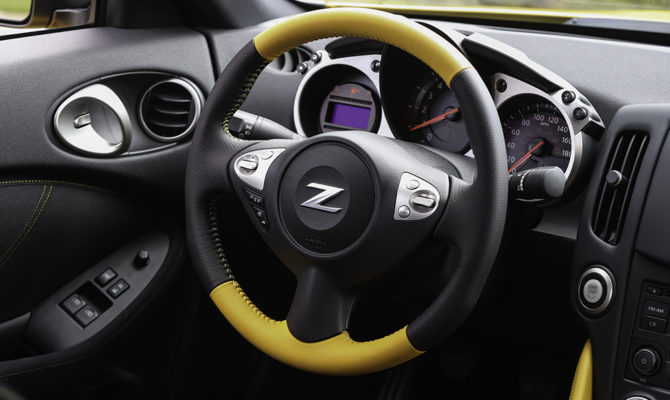
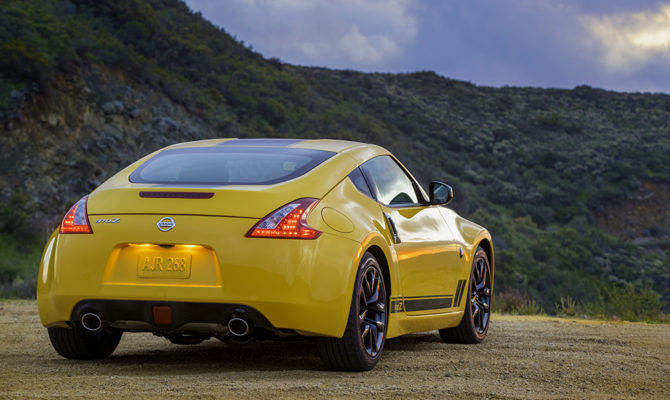
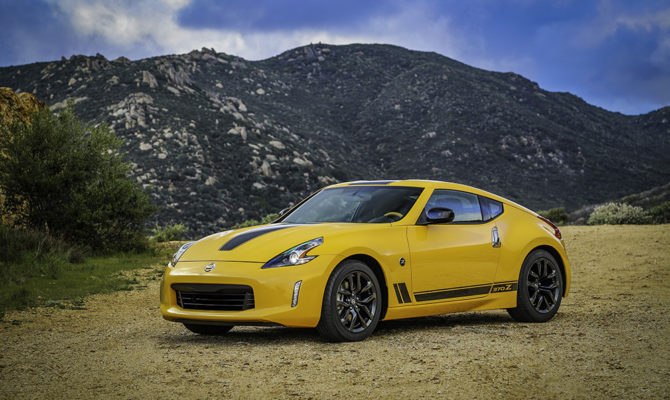
Available on the base 370Z Coupe, the best-selling trim level, the Heritage Edition package is offered in two exterior colors. The Chicane Yellow Heritage Edition features black outside mirrors, gloss black graphics and yellow interior trim. The Magnetic Black Heritage Edition includes gloss silver graphics and yellow interior trim.
“Over the past five decades there have been a number of special Z® trim packages that have added a sense of customization straight off the showroom floor,” said Michael Bunce, vice president, Product Planning, Nissan North America, Inc.
“The new 2018 370Z Heritage Edition honours that tradition, blending it with the modern design and performance of the 2018 370Z. We’re pleased to be debuting the new Heritage Edition in New York, one of the top Z markets from the very beginning.”
This 370Z will be available with a standard 332-horsepower 3.7-litre DOHC V6 engine with Variable Valve Event and Lift Control (VVEL) and a choice of 6-speed manual or 7-speed automatic with Downshift Rev Matching (DRM).
The car will be joined by the new 2017 Nissan GT-R Track Edition at the stand in New York International Auto Show and will be joined by specially-modified Nissan Rogue and Rogue Sport crossovers.
Driveway is at the show and will report next week on the highlights.
keith [dot] morgan [at] drivewaybc [dot] ca
“The Canadian International Auto Show media preview featured 41 “New to Canada” vehicle premieres and for the first time ever a “World Premiere”, which was video cast globally, of the 2018 Hyundai Accent.”
New cash incentives for purchase now make it possible to buy all-electric vehicles for a discount of up to $11,000.
This means the popular Nissan Leaf and Ford Focus Electric can be bought for a sticker price well under $30,000 for those prepared to scrap their old bangers.
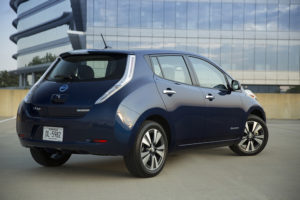
For the 2016 model year, LEAF adds a number of significant enhancements – beginning with a new 30 kWh battery for LEAF SV and LEAF SL models that delivers an EPA-estimated driving range of 107 miles* on a fully charged battery. The range of a LEAF S model is 84 miles, giving buyers a choice in affordability and range.
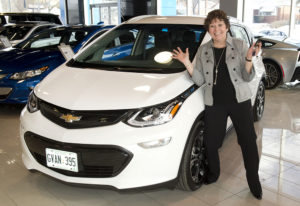
The game changer came when the BC SCRAP-IT Program announced it will offer an incentive of $6,000 for anybody who turns in their beater for scrap and purchases a qualifying new electric vehicle. That’s double the current incentive of $3,000, which now will be made available to buyers of used EVs.
This combines with the BC Government’s CEVfoBC program, which discounts EV purchases by $5,000.
“The goal of this incentive is to remove older high polluting vehicles from our roads in order to
lower exhaust pollutants across the province,” says Dennis Rogoza, BC SCRAP-IT Program CEO. “Ultimately, through programs like these, greenhouse gas emissions in our province will be dramatically reduced.”
SCRAP-IT’s voluntary early retirement vehicle program is designed to reduce greenhouse gas emissions and to reduce smog exhaust emissions across the province. All scrapped vehicles and their components are permanently and properly recycled. To date, the BC SCRAP-IT Program has removed more than 40,000 polluting vehicles across the province.
The technologically advanced new EVs offer huge fuel saving costs but few could be bought for less than $30,000 so it was hard for them to compete against miserly motors costing sometimes $10,000 or more less.
All three trim levels of the LEAF, which starts at $33,998 (before incentives), have an average range of 172 kilometres on a full charge. The Ford Focus Electric has the best price point at $31,998 and a range of around !20 km/h.
Last week, Chevrolet Canada began deliveries of the first Bolt EVs to Canadian customers. It has the heftier price tag of $42,795 but it’s EPA-estimated 383 kilometres of range on a full charge will tempt some to quit their expensive gas habit.
SCRAP-IT will also have a booth at the Vancouver International Auto Show,
March 28 – April 2 at the Vancouver Convention Centre. For more details about the BC SCRAP-IT program’s incentives and information, visit scrapit.ca.
PULL QUOTE: “There was a parade of new sport/crossover utes from virtually all manufacturers, all scrambling to get a share of this hot market segment.”
“Underneath a cloak of secrecy was truly a force to be reckoned with: the Rogue One Star Wars Limited Edition.”
The Sentra NISMO has mined the goodies from the performance department to bring their motorsports expertise to a wider audience.
You won’t mistake the 2017 Rogue for anything else, it is still very much the shape that helped it become Nissan’s best-selling utility vehicle.
Any carmaker wanting to hold its own among the stiff competition in this class must continually up their game and Nissan has brought a convincing cavalcade of tech and packaging to the fray.
People who do enjoy a pickup as a niche-truck, fashion statement shouldn’t despair over the new attention to making the Titan into a working vehicle
Nissan has unveiled the world’s first Solid Oxide Fuel-Cell (SOFC)-powered prototype vehicle that runs on bio-ethanol electric power.
Nissan president and CEO Carlos Ghosn said: “The e-Bio Fuel-Cell offers eco-friendly transportation and creates opportunities for regional energy production…all the while supporting the existing infrastructure. In the future, the e-Bio Fuel-Cell will become even more user-friendly.
Ethanol-blended water is easier and safer to handle than most other fuels. Without the need to create new infrastructure, it has great potential to drive market growth.”
In this latest zero-emission development, the e-Bio Fuel-Cell prototype vehicle runs on 100-percent ethanol to charge a 24kWh battery that enables a cruising range of more than 600km. The Nissan prototype was introduced in Brazil during the Olympics and it will stay there for further field tests on public roads in the South American country.
The powertrain is clean, highly efficient, easy to supply, and it runs on 100-percent ethanol or ethanol-blended water. Its carbon-neutral emissions are as clean as the atmosphere, which will be the part of natural carbon cycle. Also, the e-Bio Fuel-Cell offers the brisk acceleration and silent driving of an EV, along with its low-running costs, while boasting the driving range of a gasoline-engine vehicle.
Bio-ethanol fuels are mainly sourced from sugarcane and corn. These fuels are widely available in countries in North and South America, which feature widely established infrastructure. Due to the easy availability of ethanol and low combustibility of ethanol-blended water, the system is not heavily dependent or restricted by the existing charging infrastructure, making it easy to introduce to the market.
In the future, people may only need to stop by small retail stores to buy fuel off the shelf.
Recent Comments
- { Enjoyed your Forest of Bowland in the BMW X5M, particularly the photo of the BMW in front of the main part of Stonyhurst College where... }
- { Bantam designed the Jeep, not Willy's or Ford. The American military gave the original Bantam prototype to Willys and Ford to copy. There is plenty... }
- { All Escalades come with a 6.2-lilter V8 engine that produces 420 horsepower. A six-speed automatic is the only transmission offered and drives the rear wheels.... }
- { Alexandra is an excellent journalist. }
Popular Posts
- Journey to a ‘Sparkling’ Luxury Okanagan Resort “Four lucky readers will put a Dodge Journey’s weekend-...
- The Need For Speed: Hike Those Highway Limits More than half of those polled believe the province sho...
- Drives-U-Crazy… Erratic drivers. An early morning drive from Kelowna to Vancouver is nor...
- Readers Respond: The Pros and Cons of Increasing B.C. Speed Limits Increasing the speed limits will only increase risk to...
- Honda CR-V Review: The Compact Crossover To Get Things Done The CRV is a very stylish and aerodynamic crossover veh...


